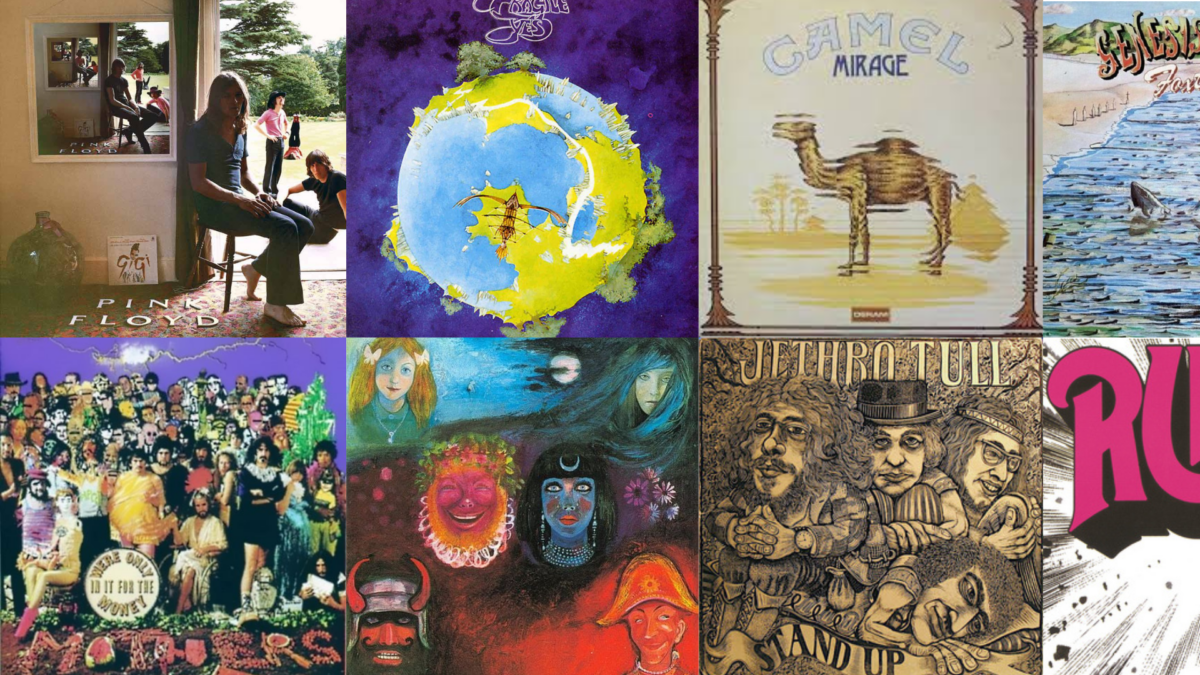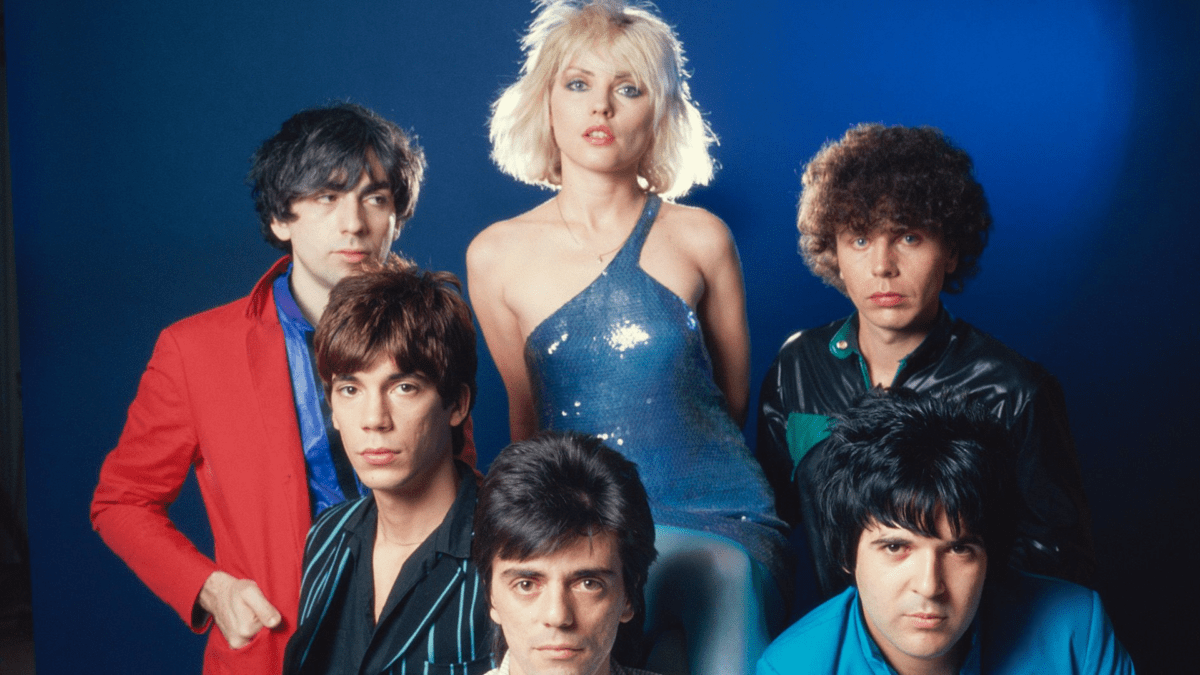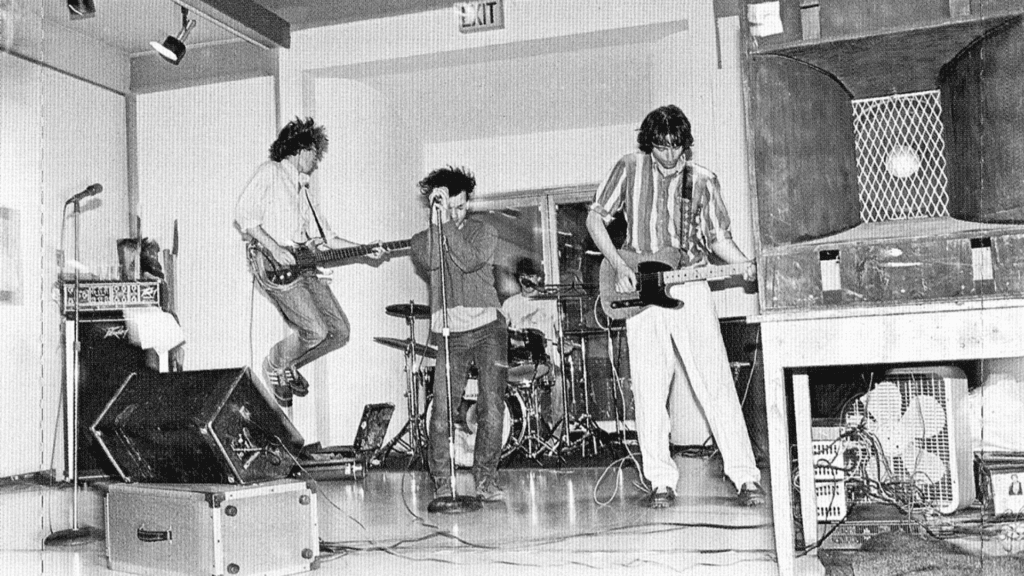
Hello, music lovers! Today, let’s talk about the genre that’s all about those college days – college rock! For those of you who don’t know, college rock is a subgenre of alternative rock that emerged in the 1980s. It’s characterized by its DIY ethos, jangly guitars, and lyrics that often touch on topics like love, politics, and social issues.
But let’s be real, the best thing about college rock is the nostalgia factor. Listening to bands like R.E.M., The Replacements, and Pixies takes us back to the days of dorm room parties, late-night study sessions, and questionable fashion choices. And let’s not forget the iconic college rock anthems that still get us pumped up today. “Smells Like Teen Spirit” by Nirvana, “Losing My Religion” by R.E.M., and “Where Is My Mind?” by the Pixies are just a few examples of songs that have stood the test of time.
So, whether you’re a college student looking for some new tunes to add to your playlist or a nostalgic 90s kid who wants to relive the glory days, college rock is definitely worth checking out. Just be prepared to feel a little bit old when you realize that some of these bands have been around for over 30 years. So let’s dive into everything college rock!
What is College Rock?
College rock, a term coined in the late 1970s and early 1980s, refers to a subgenre of alternative rock that emerged from college radio stations and underground music scenes across the United States. The genre was characterized by its raw, DIY sound, introspective lyrics, and commitment to social and political issues.
A defining feature of college rock was its rejection of the glossy production values and commercial sensibilities of mainstream music. Instead, college rock bands favored a more raw and authentic sound, often recorded on a shoestring budget.
College rock was a major force in shaping the sound and culture of alternative rock, and it gave rise to many of the most influential bands of the 1980s and 1990s.
History of College Rock
College rock, also known as alternative rock or indie rock, emerged as a response to the commercialization of mainstream rock music. The term “college rock” referred to the genre’s popularity among college students and its association with college radio stations, which played a key role in promoting and supporting the music.
College rock was characterized by its DIY ethos, with many bands self-releasing their music and touring independently. The genre was also known for its diverse influences, drawing from punk, new wave, folk, and other genres to create a unique sound that was both experimental and accessible.
Some of the most influential college rock bands of the 1980s included R.E.M., The Replacements, Sonic Youth, and Husker Du. These bands paved the way for a new generation of alternative rock acts in the 1990s, including Nirvana, Pearl Jam, and Soundgarden.
The College Rock Pioneers
The 1980s marked an important era in the history of alternative rock, and college rock played a pivotal role in shaping the sound and culture of the genre. From the underground music scenes of college radio stations emerged a new wave of artists who challenged the mainstream music industry and paved the way for future generations of alternative rockers.
Let’s take a closer look at the pioneers of college rock in the 1980s, exploring the unique sound, cultural impact, and enduring legacy that these trailblazers left on the music industry that continues to resonate today.
R.E.M
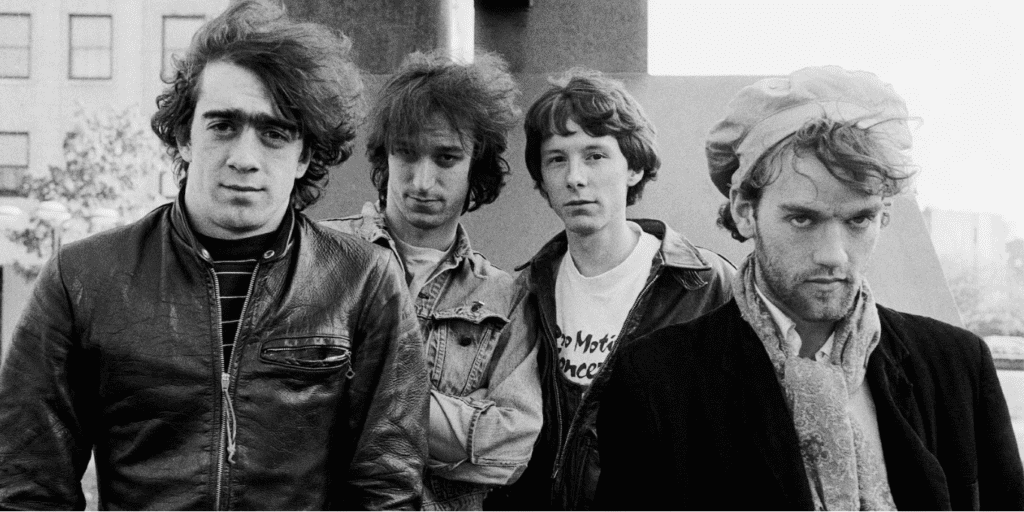
R.E.M. was one of the most influential bands in the college rock scene of the 1980s. Frontman Michael Stipe’s enigmatic stage presence and poetic lyrics made him an icon of alternative rock. The band’s early albums, such as “Murmur” and “Reckoning,” showcased their jangly guitar sound and Stipe’s distinctive vocals.
R.E.M. stood for more than just music, however. They were known for their political activism, supporting causes such as environmentalism, LGBT rights, and anti-war efforts. Stipe’s lyrics often tackled social issues, and his cryptic messages inspired a generation of fans to think critically about the world around them. R.E.M.’s legacy as pioneers of college rock and champions of social justice continues to inspire musicians and activists today.
The Smiths
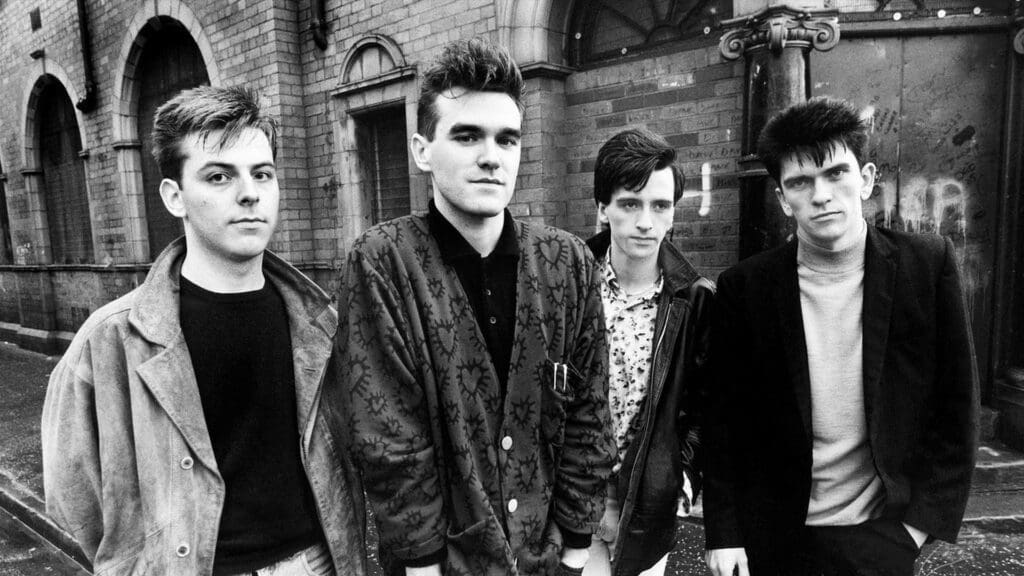
Another influential college rock band of the 80s was the British band The Smiths. Led by the charismatic and enigmatic Morrissey, the band’s literate lyrics, sobering perspective, distinctive sound and Morrissey’s introspective lyrics made them a favorite among college students.
The Smiths’ music was characterized by its melancholy and introspective tone, often exploring themes of alienation, loneliness, and unrequited love. Morrissey’s lyrics were often cryptic and poetic, with a focus on personal experiences and emotions. The band’s ethos was one of non-conformity and anti-establishment, rejecting the mainstream music industry and its conventions.
Their albums, including “The Queen Is Dead” and “Meat Is Murder,” were critical and commercial successes, and helped establish the band as one of the most important alternative acts of the decade.
Sonic Youth
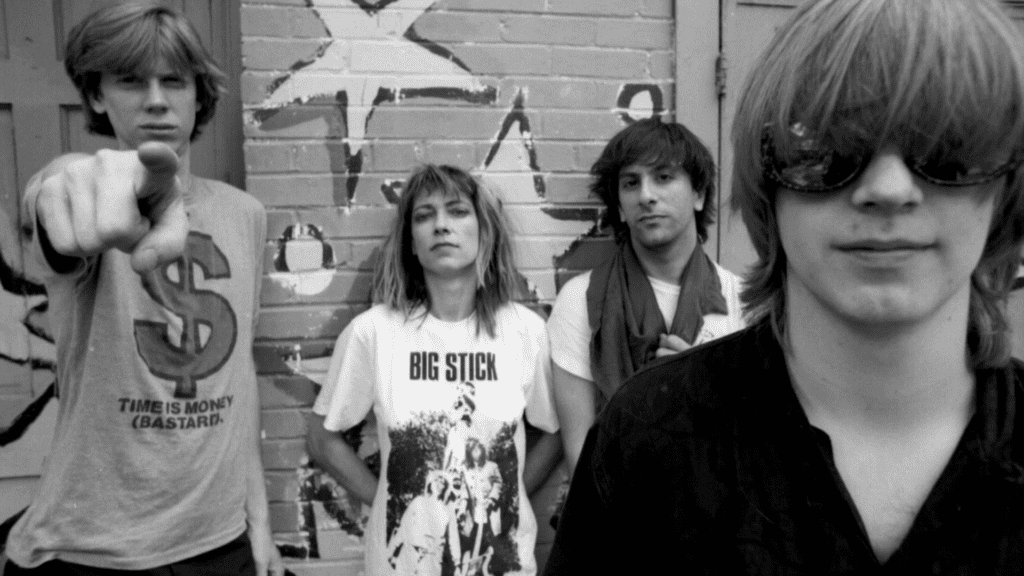
Sonic Youth was one of the most influential bands in the college rock scene of the 1980s and 1990s. The band’s experimental sound and unconventional approach to music-making inspired a generation of musicians and fans alike. Formed in New York City in 1981 by Thurston Moore, Kim Gordon, Lee Ranaldo, and Steve Shelle, the band’s early albums, such as “Confusion is Sex” and “Bad Moon Rising,” showcased their noisy, dissonant sound and poetic lyrics.
Sonic Youth’s music was characterized by its use of alternate guitar tunings, feedback, and unconventional song structures. The band’s live shows were known for their intense energy and improvisational nature. Sonic Youth’s music was often described as “art rock” or “avant-garde,” and their influence can be heard in the work of countless bands across genres.
Sonic Youth’s music was a rejection of the polished, commercial sound of the 1980s, and their influence can be heard in the work of bands like Nirvana, Pavement, and Dinosaur Jr. Their albums, including “Daydream Nation” and “Sister,” were critical successes and helped establish the band as one of the most innovative and influential alternative acts of the decade.
The Replacements
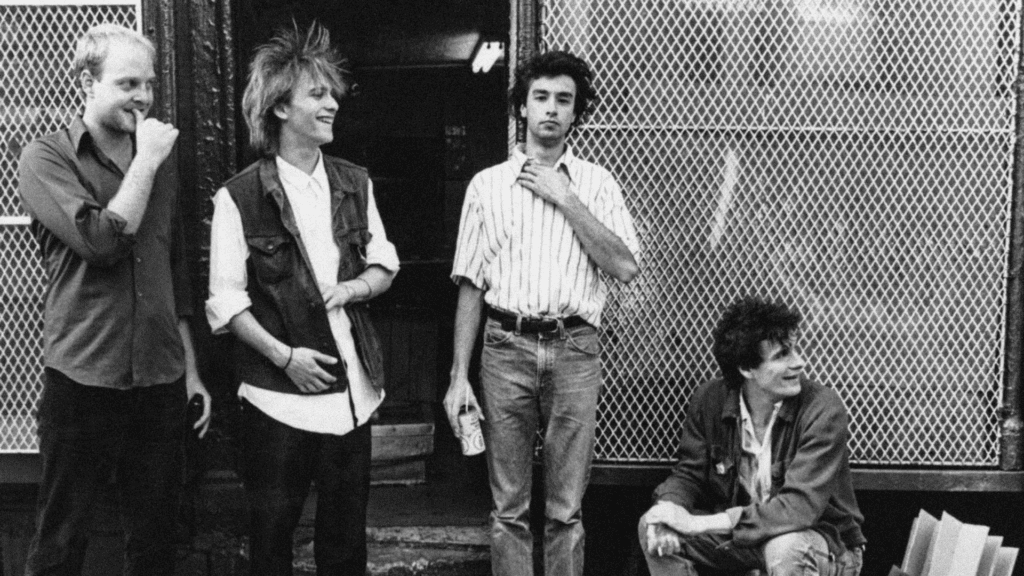
The Replacements are considered one of the most influential bands in the history of college rock. Formed in Minneapolis in 1979, the band’s music was a mix of punk, rock, and alternative sounds that became a staple of college radio stations across the country. Led by singer and songwriter Paul Westerberg, The Replacements were known for their raucous live shows and irreverent attitude.
Their music was a reflection of the angst and rebellion of the college rock scene, and their influence can still be heard in the music of many alternative and indie bands today. Despite never achieving mainstream success, The Replacements remain a cult favorite among music fans and a testament to the power of college rock.
Pixies

Pixies are often cited as one of the most influential bands in the college rock scene of the late 1980s and early 1990s. Formed in Boston in 1986, the band’s music blended elements of punk, rock, and pop, creating a sound that was both innovative and accessible.
Led by frontman Black Francis and bassist Kim Deal, Pixies’ music was characterized by its dynamic shifts in volume and tempo, as well as its surreal and often dark lyrics. The band’s influence can be heard in the music of countless alternative and indie rock bands that followed in their wake, including Nirvana, Radiohead, and Weezer.
Despite breaking up in 1993, Pixies’ legacy continues to be felt in the world of rock music. Their impact on the college rock scene cannot be overstated, and their music remains a touchstone for anyone interested in the intersection of punk, rock, and pop.
Top 11 College Rock Hits of All Time
How Soon is Now – The Smiths
“What Time Is Now?” is a song by the English rock band The Smiths. It was released as a single in 1985 and later included on their compilation album “Louder Than Bombs.” The song features the band’s signature jangly guitar sound and Morrissey’s distinctive vocals.
Lyrically, the song is characterized by Morrissey’s introspective and poetic style, with themes of alienation and a sense of disconnectedness from society.
Teenage Riot – Sonic Youth
“Teenage Riot” is a song by the American alternative rock band Sonic Youth, released in 1988 as the second single from their album “Daydream Nation”. The song is known for its catchy guitar riffs and anthemic lyrics that celebrate youth rebellion and defiance against authority.
It has been hailed as one of the band’s greatest songs and a landmark of the alternative rock genre. The song’s music video, directed by Thurston Moore and featuring footage of skateboarders and other youth subcultures, became a cult classic and further cemented the song’s status as a rallying cry for disaffected youth.
Love Will Tear Us Apart – Joy Division
“Love Will Tear Us Apart” is a post-punk classic by the English band Joy Division, released in 1980. The song’s haunting melody and introspective lyrics explore the complexities of human relationships, particularly the pain and heartbreak that can come with falling out of love.
The track has become an iconic representation of the band’s sound and legacy and continues to resonate with audiences today. Despite its popularity, the song is also a poignant reminder of the tragic suicide of Joy Division’s lead singer Ian Curtis, who took his own life just a few months after the song’s release.
Here Comes Your Man – Pixies
“Here Comes Your Man” is a song by the American alternative rock band Pixies, released in 1989 as the second single from their album “Doolittle”. The song features a catchy guitar riff and a sing-along chorus, and has become one of the band’s most popular and recognizable tracks.
Lyrically, the song tells the story of a man who is trying to win back a woman’s affection, with references to a train station and a wealthy man’s estate. “Here Comes Your Man” has been covered by numerous artists and has been featured in several films and TV shows, cementing its place as a classic of the alternative rock genre.
Left of the Dial -The Replacements
“Left of the Dial” is a classic song by the American rock band The Replacements, released in 1985. The song’s title refers to the position on the radio dial where college radio stations could be found at the time. It features a catchy guitar riff and the distinctive vocals of lead singer Paul Westerberg.
The lyrics are a tribute to the band’s fans and the alternative music scene, highlighting the importance of independent radio stations and the sense of community they fostered. “Left of the Dial” is considered one of The Replacements’ most iconic songs and has been covered by numerous artists over the years.
Radio Free Europe – R.E.M. – College Rock Anthem
Radio Free Europe is a radio station that was established in 1949 to provide news and information to countries behind the Iron Curtain during the Cold War. R.E.M., an American rock band, released a song titled “Radio Free Europe” in 1981, which was inspired by the station.
The song became an underground hit and helped to introduce the band to a wider audience. The lyrics of the song express a desire for freedom and a longing for the truth, which resonated with many listeners at the time. Today, Radio Free Europe continues to provide news and information to countries in Eastern Europe, Central Asia, and the Middle East.
The Killing Moon – Echo & the Bunnymen
“The Killing Moon” is a popular song by the British band Echo & the Bunnymen. Released in 1984, the song is known for its haunting melody and poetic lyrics that explore themes of love, death, and spirituality. The track features a distinctive drumbeat, atmospheric guitar riffs, and Ian McCulloch’s emotive vocals.
The song has been covered by various artists and has been featured in several films and TV shows. “The Killing Moon” remains one of the band’s most iconic and enduring songs, and a classic of the post-punk and new wave era.
Pictures of You – The Cure
“Pictures of You” is a melancholic and introspective song by the English rock band The Cure. Released in 1989, the track features a dreamy and atmospheric sound that perfectly complements the melancholic lyrics about lost love and nostalgia.
The song’s haunting melody and Robert Smith’s emotive vocals make it a standout track in The Cure’s discography and a beloved classic among fans. Its music video, featuring the band members walking through a desolate landscape, perfectly captures the song’s mood and has become iconic in its own right.
Making Plans for Nigel – XTC
“Making Plans for Nigel” is a post-punk/new wave college rock track by British band XTC, released in 1979. The song is known for its catchy melody and satirical lyrics that criticize the societal pressure to conform and follow a predetermined path in life, particularly in regard to career choices.
The protagonist, Nigel, is portrayed as a young man who is pushed into a job he doesn’t want by his parents and society, despite his own desires and talents. The song’s upbeat tempo and catchy chorus contrast with its darker themes, making it a standout track in XTC’s discography and a classic of the post-punk genre.
Sheila Take A Bow – The Smiths
Released as a single in 1987, the song features a catchy melody and upbeat instrumentation, contrasting with the dark and often melancholic tone of many of the band’s other tracks. The lyrics tell the story of a young girl named Sheila who becomes a successful model, but ultimately succumbs to the pressures of the industry and takes her own life.
The song has been interpreted as a commentary on the superficiality of the fashion industry and the toll it can take on those who participate in it. “Sheila Take A Bow” remains a popular and enduring track in The Smiths’ catalog.
Come As You Are – Nirvana – Iconic College Rock
“Come As You Are” is a later college rock song by the iconic American grunge band Nirvana. Released in 1992, the song features a distinctive guitar riff and haunting lyrics that have become emblematic of the band’s legacy. The song’s title and lyrics convey a message of acceptance and non-judgment, encouraging listeners to embrace their true selves without fear or shame.
“Come As You Are” was, conversely, a commercial and critical success, reaching the top 40 on the US Billboard Hot 100 chart and earning a place on Rolling Stone’s list of the 500 Greatest Songs of All Time. The song remains a beloved classic of the grunge era and a testament to Nirvana’s enduring influence on rock music.
Closing Thoughts on College Rock
Today, college rock continues to thrive, with a new generation of artists carrying on the tradition of DIY experimentation and genre-bending. From the lo-fi indie pop of Car Seat Headrest to the experimental rock of Deerhunter, college rock remains a vibrant and vital part of the music industry.
In conclusion, college rock has a rich history and has played a significant role in shaping the modern music landscape. Its DIY ethos and commitment to experimentation continue to inspire new generations of artists, and its influence can be heard in a wide range of genres today. College rock may have started as a rebellion against the mainstream, but its impact on the music industry has been undeniable.






